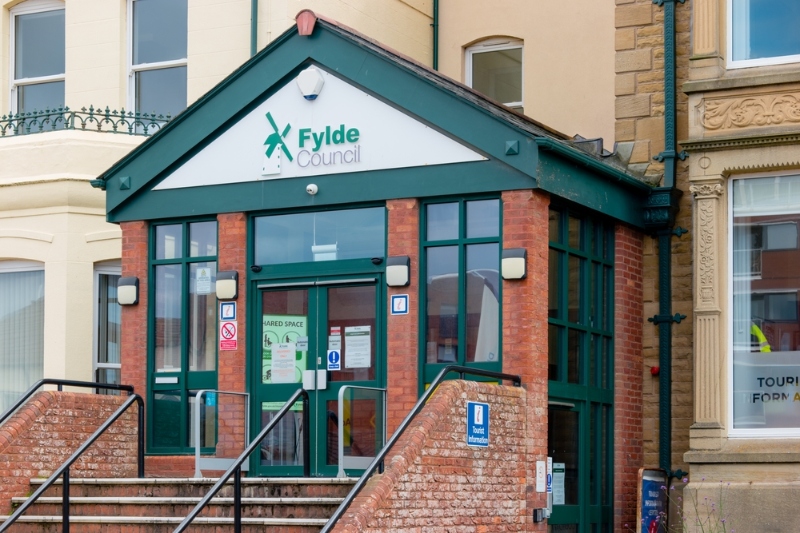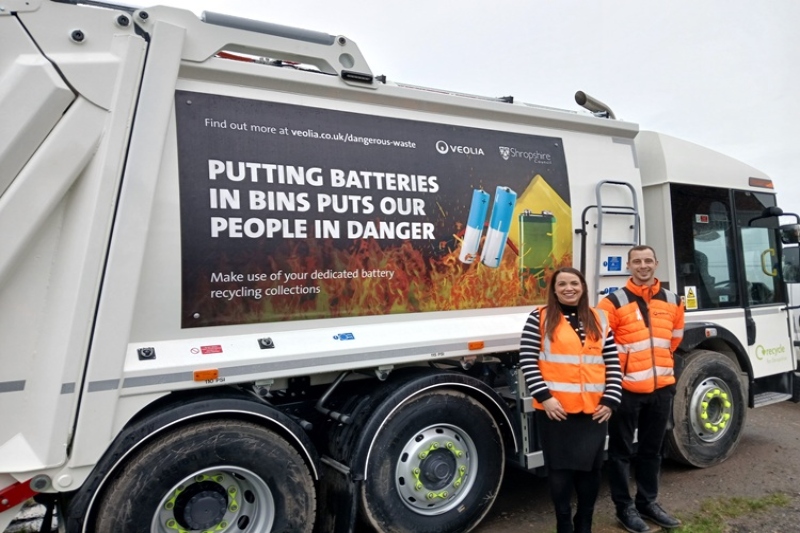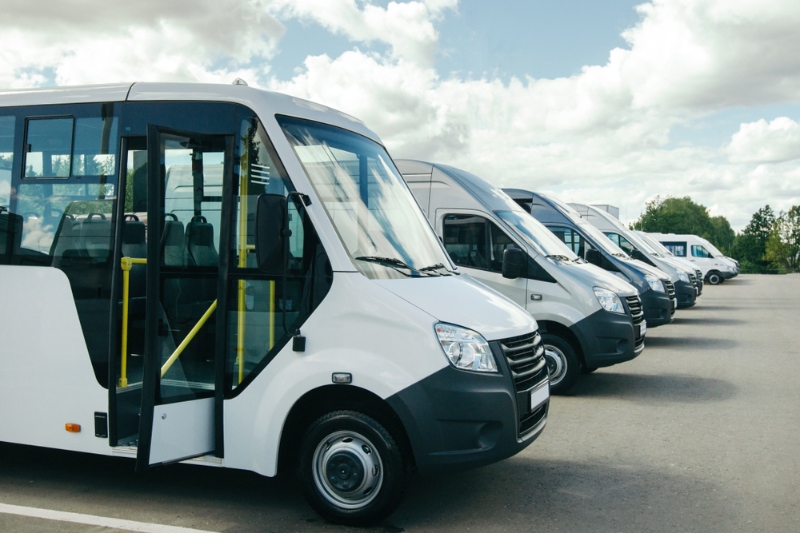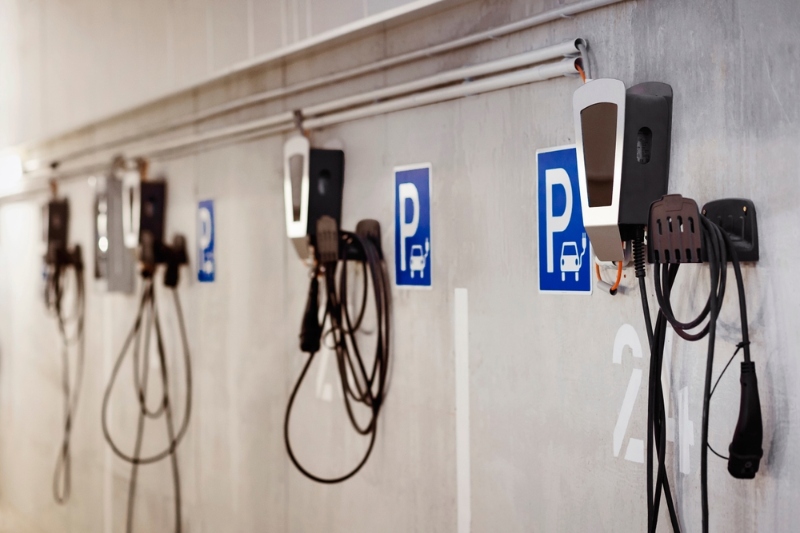North Ayrshire Council has purchased a fleet of seven new eco-friendly vans, making it the proud owner of the largest hybrid van fleet in Scotland. The Council has purchased the award-winning Hybrid Transit vans from Ashwoods Automotive.
The vans are standard Ford Transits with all the normal features, but are fitted with a hybrid drive system. They will replace a fleet of diesel-powered vehicles used by the Council's Building Services.
The hybrid vans deliver fuel consumption reductions of up to 20%, saving around £700 a year per vehicle and reducing carbon emissions.
Councillor Tom Barr, portfolio holder for the environment, said: “It is important to remember that the benefits of energy efficiency are twofold. Not only do we ensure that we are doing our best to save the environment from the effects of carbon emissions ' we are saving money while doing so. This is especially important at a time when finances are tight. Should the new eco-vans prove a success, they could be extended across the Council's transport fleet.”
The Ashwoods Hybrid Drive system recovers energy normally lost during braking and deceleration. A battery stores the energy before an electric motor redirects it to the rear wheels ' making the vans extremely efficient.
Because the hybrid system is entirely self-powered, the vans never need to be plugged in for a battery charge. And unlike pure electric vehicles, hybrids are not restricted to low mileage duties. North Ayrshire's seven hybrids are part funded by Transport Scotland's Low Carbon Vehicle Procurement Support Scheme (LCVPSS), which enables public sector bodies to purchase electric and hybrid vehicles for extensive operational trials.
Ashwoods Hybrid Transits are also used by the Royal Mail, Transport for London and the Environment Agency. Mark Roberts, Managing Director of Ashwoods Automotive, said: “Forward-thinking councils like North Ayrshire are demonstrating that low carbon vehicles don't have to cost the earth. Working with Ashwoods, it is possible to reduce emissions from road transport and cut fuel bills at the same time.”







